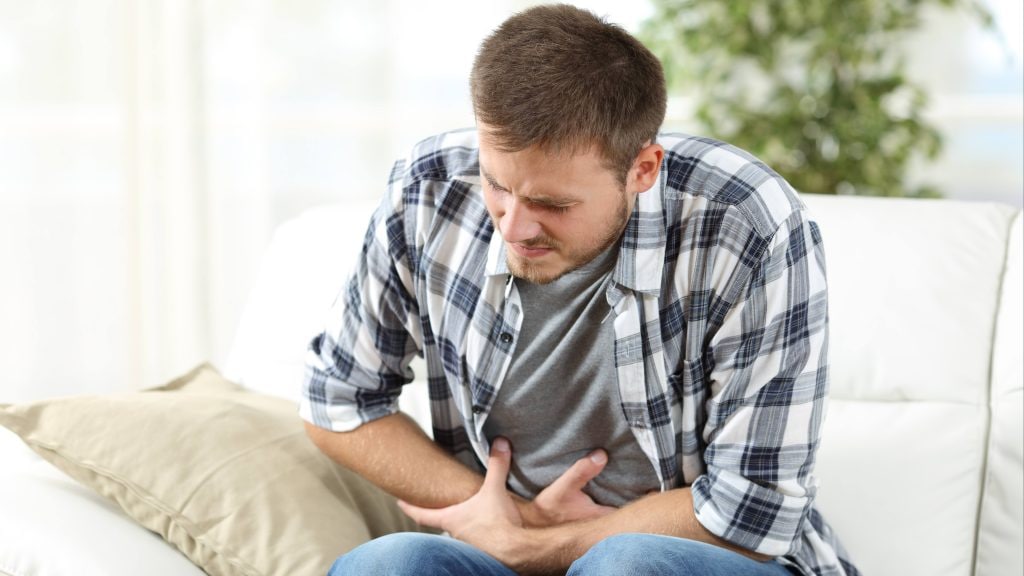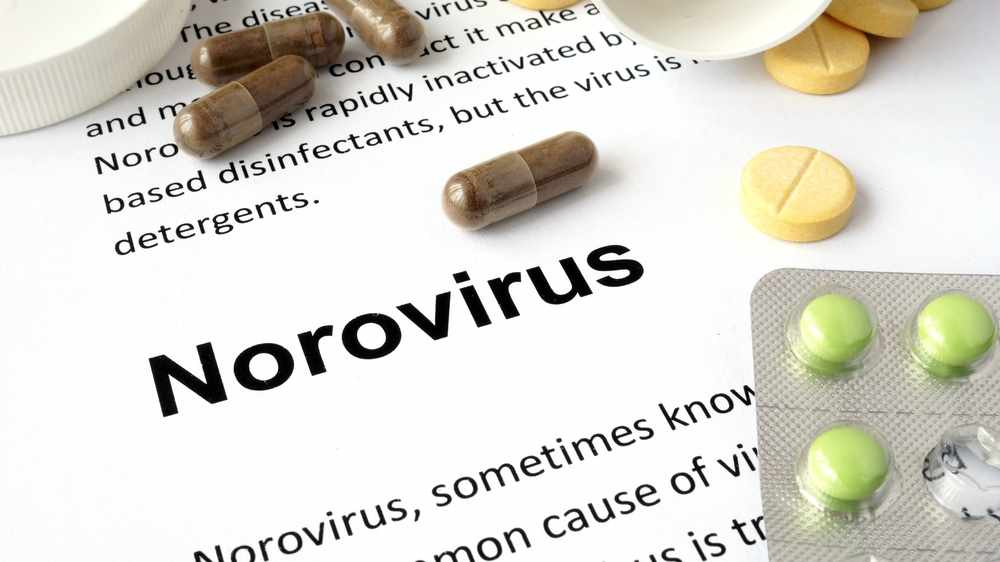Overview
Norovirus infection can cause severe vomiting and diarrhea that start suddenly. Noroviruses are highly contagious. They commonly spread through food or water that is contaminated during preparation or through contaminated surfaces. Noroviruses can also spread through close contact with a person who has norovirus infection.
Diarrhea, stomach pain and vomiting typically begin 12 to 48 hours after exposure. Norovirus infection symptoms usually last 1 to 3 days. Most people recover completely without treatment. However, for some people — especially young children, older adults and people with other medical conditions — vomiting and diarrhea can be severely dehydrating and require medical attention.
Norovirus infection occurs most frequently in closed and crowded environments. Examples include hospitals, nursing homes, child care centers, schools and cruise ships.
Symptoms
Signs and symptoms of norovirus infection may start suddenly and include:
- Nausea
- Vomiting
- Stomach pain or cramps
- Watery or loose diarrhea
- Feeling ill
- Low-grade fever
- Muscle pain
Signs and symptoms usually begin 12 to 48 hours after your first exposure to a norovirus and last 1 to 3 days. You can continue to shed virus in your stool for several weeks after recovery. This shedding can last weeks to months if you have another medical condition.
Some people with norovirus infection may show no signs or symptoms. However, they're still contagious and can spread the virus to others.
When to see a doctor
Seek medical attention if you develop diarrhea that doesn't go away within several days. Also call your health care provider if you experience severe vomiting, bloody stools, stomach pain or dehydration.
Causes
Noroviruses are highly contagious. That means the norovirus infection can easily spread to others. The virus is shed in stool and vomit. You can spread the virus from the time you first have symptoms of illness until several days after you recover. Noroviruses can stay on surfaces and objects for days or weeks.
You can get norovirus infection by:
- Eating contaminated food
- Drinking contaminated water
- Touching your hand to your mouth after your hand has been in contact with a contaminated surface or object
- Being in close contact with a person who has norovirus infection
Noroviruses are difficult to kill because they can withstand hot and cold temperatures and many disinfectants.
Risk factors
Risk factors for becoming infected with a norovirus include:
- Eating in a place where food has been handled by someone with norovirus infection or the food has been in contact with contaminated water or surfaces
- Attending preschool or a child care center
- Living in close quarters, such as in nursing homes
- Staying in hotels, resorts, cruise ships or other destinations with many people in close quarters
- Having contact with someone who has norovirus infection
Complications
For most people, norovirus infection usually clears up within a few days and isn't life-threatening. But in some people — especially young children; older adults; and people with weakened immune systems or other medical conditions or who are pregnant — norovirus infection can be severe. Norovirus infection can cause severe dehydration and even death.
Warning signs of dehydration include:
- Fatigue
- Dry mouth and throat
- Listlessness
- Dizziness
- Decreased urine output
Children who are dehydrated might cry with few or no tears. They might be unusually sleepy or fussy.
Prevention
Norovirus infection is highly contagious. There are many types of noroviruses. Anyone can get norovirus infection more than once.
To prevent norovirus infection:
- Wash your hands thoroughly with soap and water for at least 20 seconds, especially after using the toilet or changing a diaper and before you prepare food and eat or drink. Alcohol-based hand sanitizers aren't as effective against noroviruses as using soap and water.
- Avoid contaminated food and water, including food that could have been prepared by someone who was sick.
- Wash fruits and vegetables before eating.
- Cook seafood thoroughly.
- Disinfect surfaces that might have been contaminated. Wear gloves and use a chlorine bleach solution or a disinfectant that is effective against noroviruses.
- Use caution when traveling. If you're traveling to areas with a high risk of norovirus infection, consider eating only cooked foods, drinking only hot or carbonated beverages, and avoiding food sold by street vendors.
To help prevent norovirus infection spread, during illness and for 2 to 3 days after your symptoms end:
- Avoid contact with others as much as possible.
- Wash your hands thoroughly with soap and water.
- Stay home from work. Children should stay home from school or child care.
- Avoid handling food and items to be used by other people. Disinfect contaminated surfaces with a disinfectant effective against noroviruses.
- Dispose of vomit and stool carefully. Wearing disposable gloves, soak up material with disposable towels. Disturb soiled material as little as possible to avoid spreading noroviruses by air. Place soiled items in plastic bags and place them in the trash. Remove and wash clothes and linens that may be contaminated.
- Avoid traveling until 2 to 3 days after your symptoms are gone.


